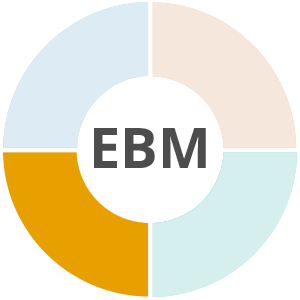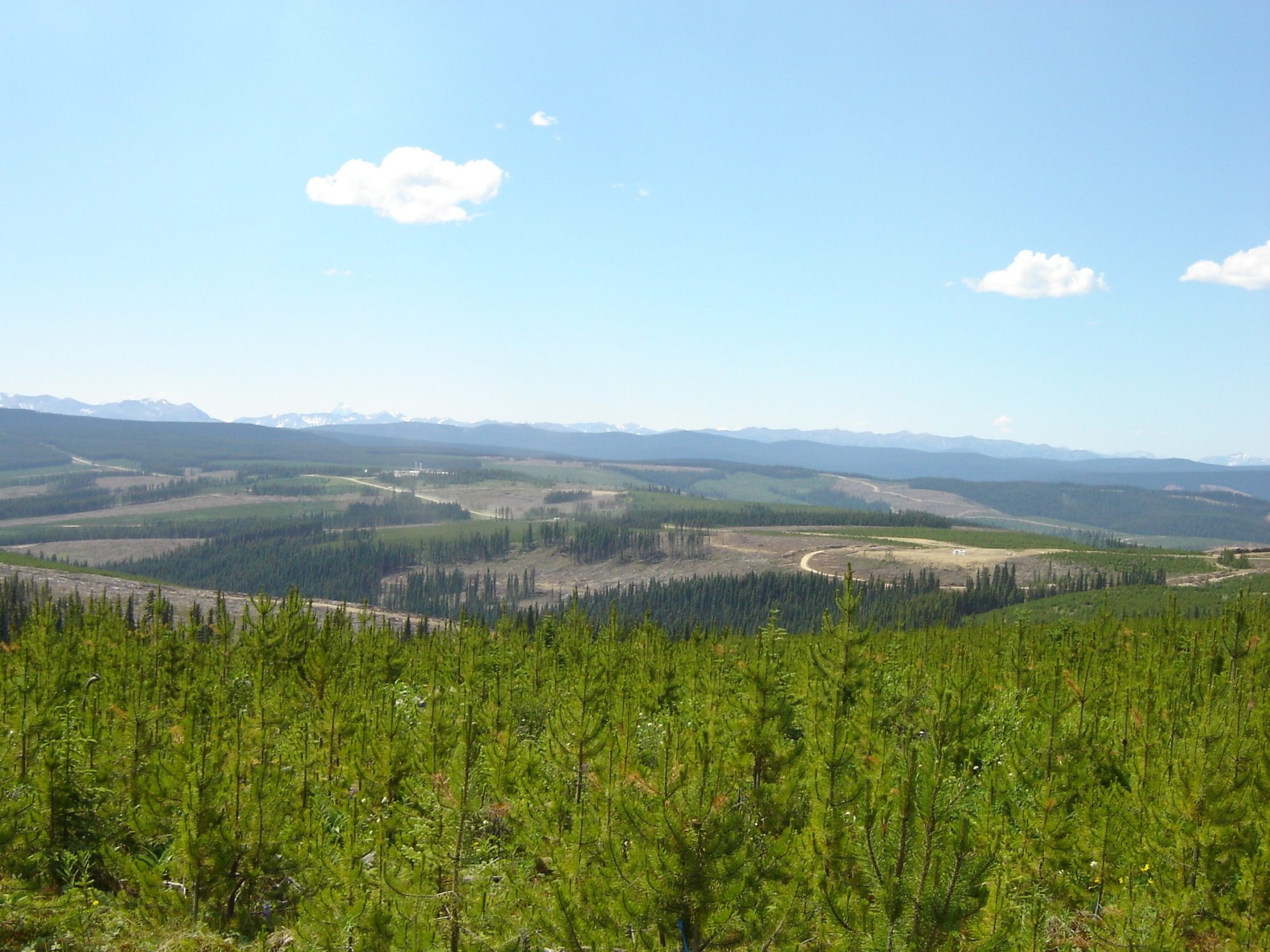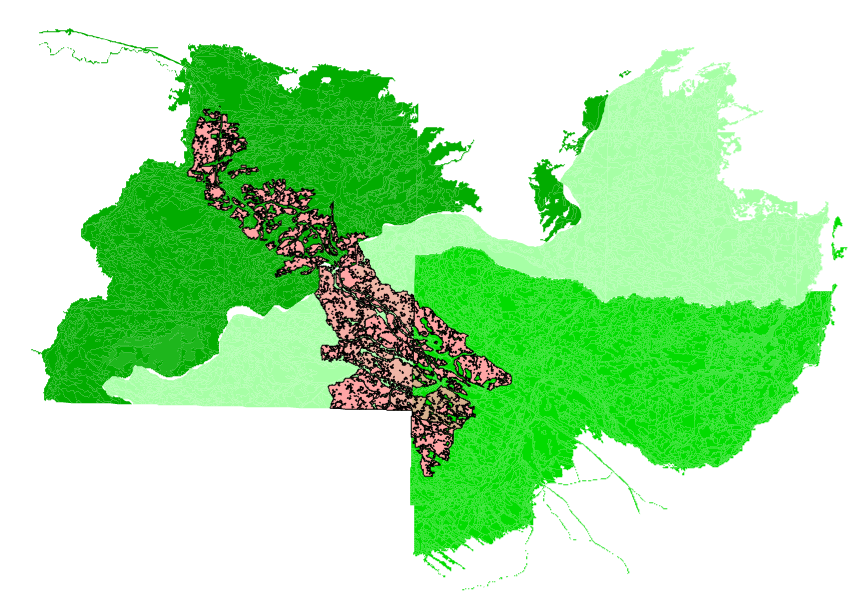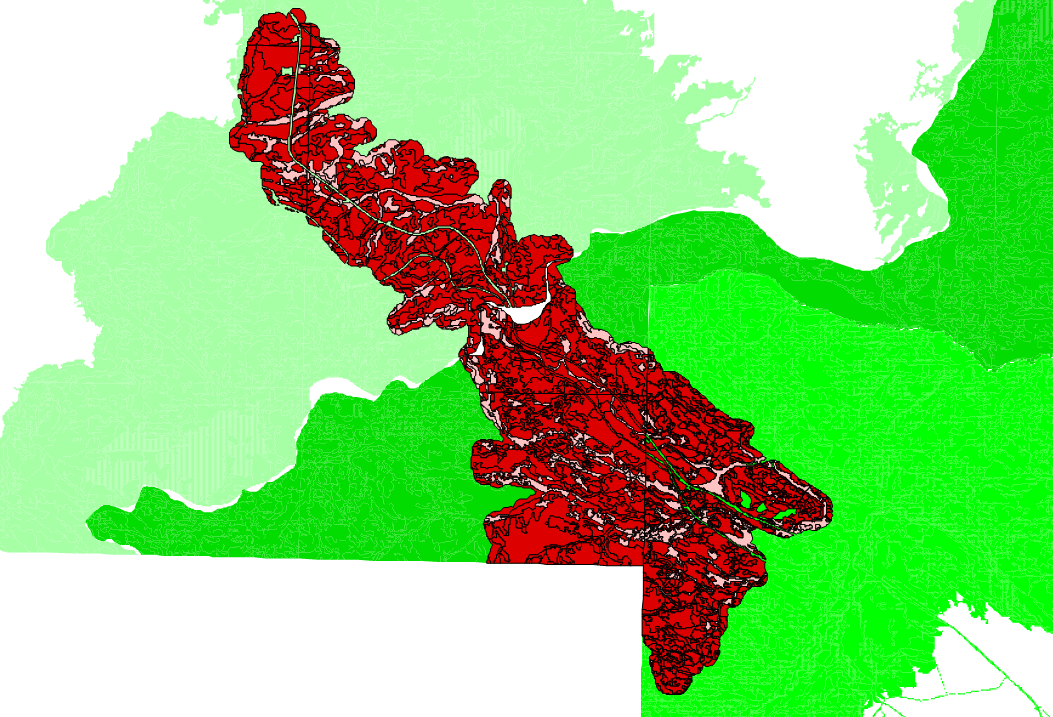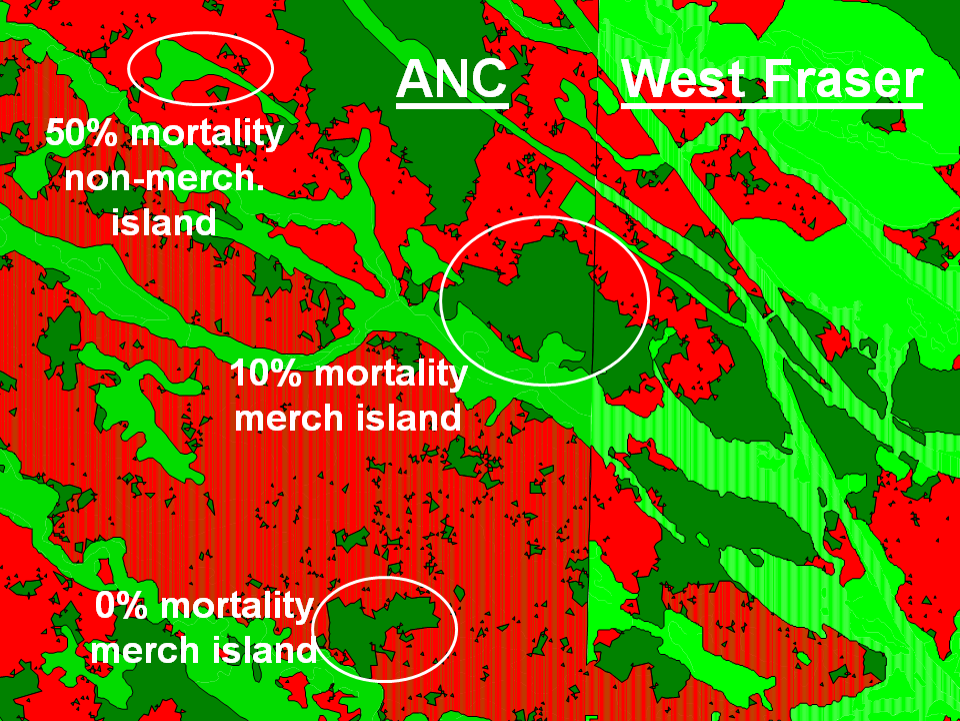Overview
The Highway 40 Demonstration is about thinking big. If EBM requires that we manage at landscape scales, then demonstrations need to be planned at this scale. This project assembled a large group of stakeholders to show how a diverse set of values and ecosystems could be applied to a harvest plan that would emulate a very large, mixed severity fire.
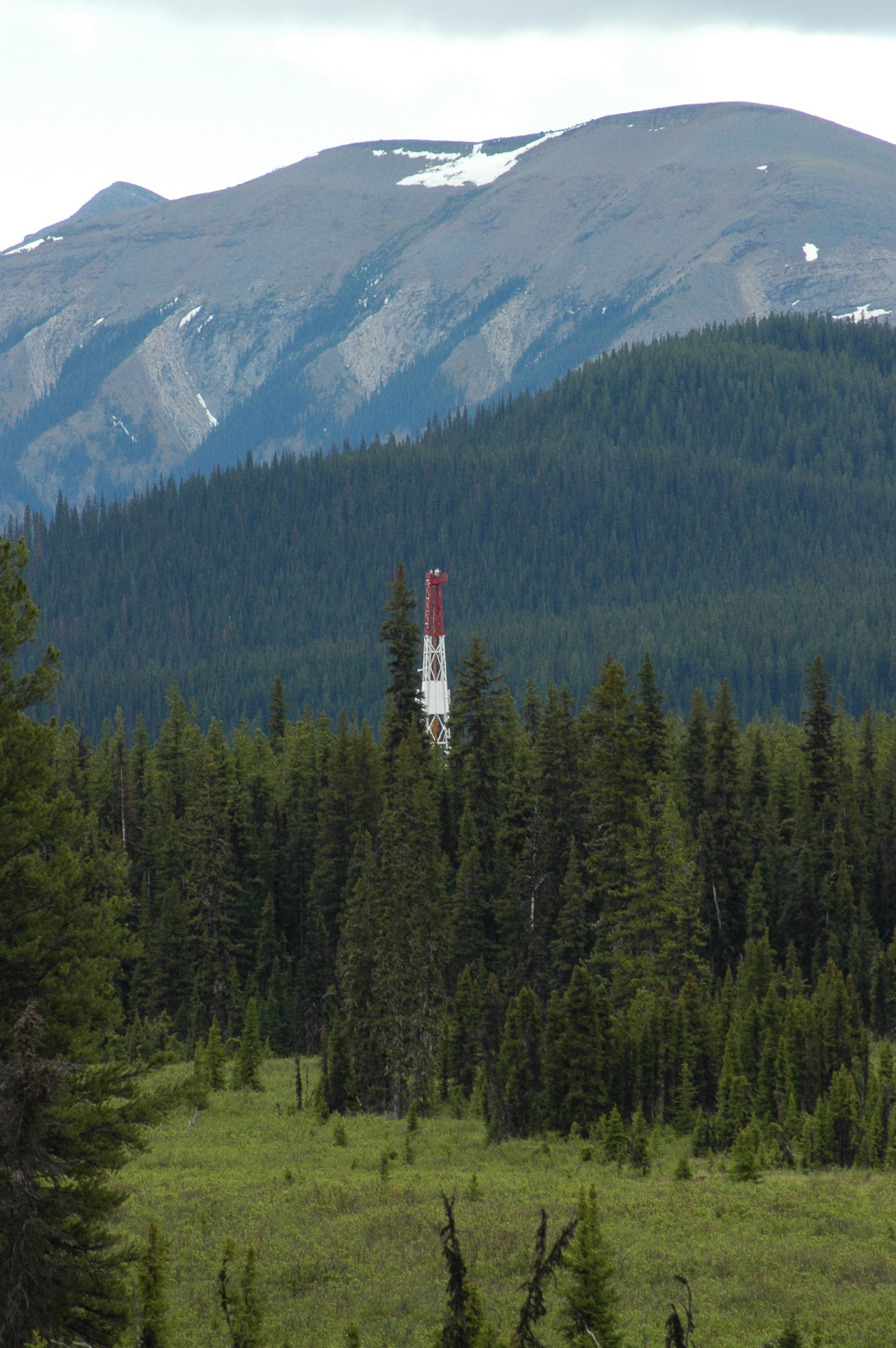
Photo credit: fRI Research
Background
Managing sustainable forests that meet the values of many overlapping commercial, recreation and conservation interests remains an enormous challenge. Not only has this not been done in the boreal forest, the necessary planning to accomplish such a feat has rarely been attempted. The purpose of the Highway 40 project was to demonstrate the effectiveness of using natural disturbance pattern knowledge as the foundation for large-scale forest management planning.
How did this happen? Project leaders modeled a wildfire on real landscape in the foothills of Alberta. Then, involving industry, local and provincial government partners, they workshopped a range of potential ways to emulate this fire as a forest harvest sequence.
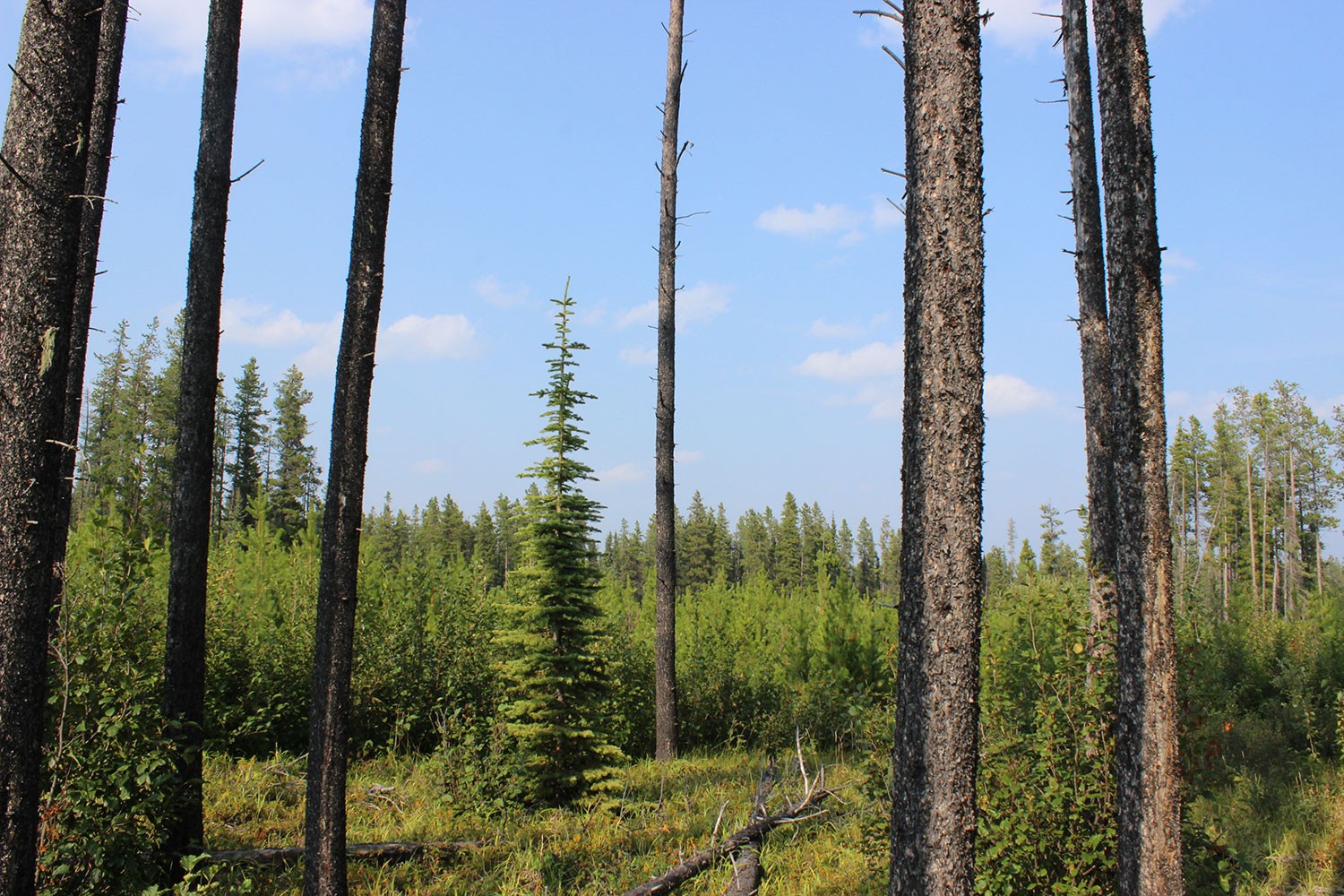
Photo credit: fRI Research
Innovation
Mother nature teaches us many things. Chief among them is humility. We can’t control everything, nor can resource sectors plan in isolation. Planning needs to consider the full range of disturbances including forestry, energy development, mountain pine beetle, mining, urban development and wildfires. Wildlife values such as woodland caribou, grizzly bears as well as opportunities for public recreation need also be considered. This was the Highway 40 project innovation. At the very foundation of the planning and implementation of this harvest were the multitude of overlapping values that were taken into account in this landscape scale disturbance plan.
Image Gallery
Discovery
The Highway 40 demonstration revealed the challenges and opportunities of large-scale, multi-jurisdictional planning. Simulation models conducted as part of this process evolved to include the range of values represented at the table. Outcomes allowed for multi-sector activities while applying a large, natural pattern disturbance. However, as the process began the transition from the drawing board to the field, theoretical probabilities of caribou recovery were insufficient to overcome species at risk legislation that required habitat protection as-is. The plans were never executed in the field, but the process that led to them continues to inform EBM in Alberta.
Where in the wheel?
This project was conceived with EBM in mind. Management goals explicitly included multiple outcomes, and the entire forest was considered in planning steps with companies, researchers and regulators. Multiple, overlapping neighbours were involved in planning the harvest and deciding on outcomes. Finally, a simple disturbance, mechanical harvest was used to move a culturally altered landscape towards a natural disturbance pattern.
